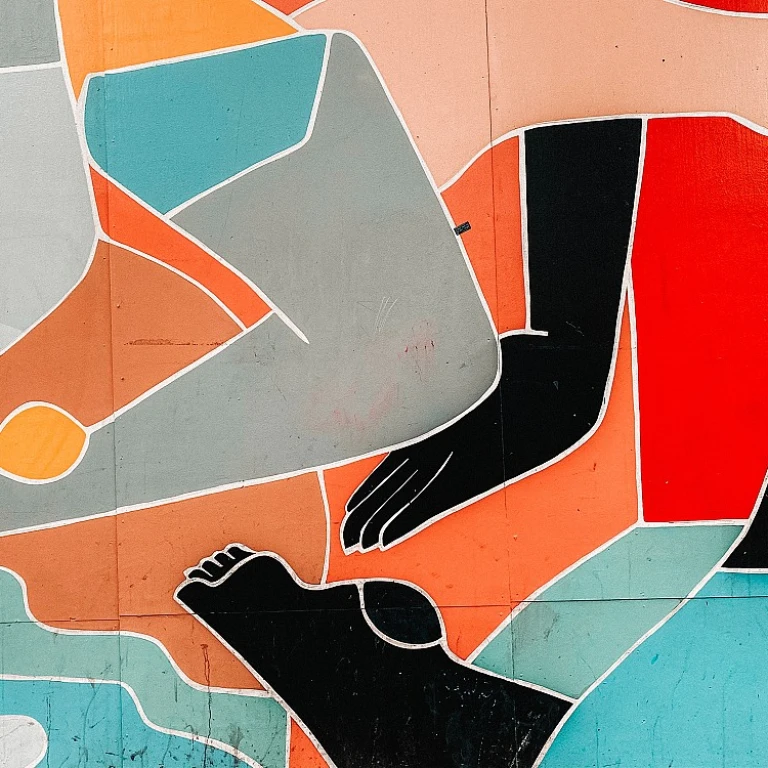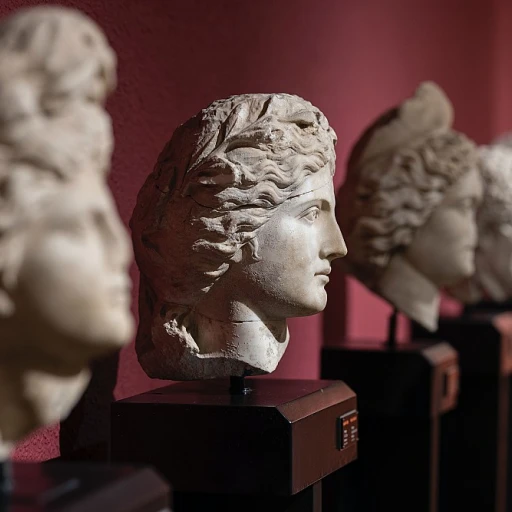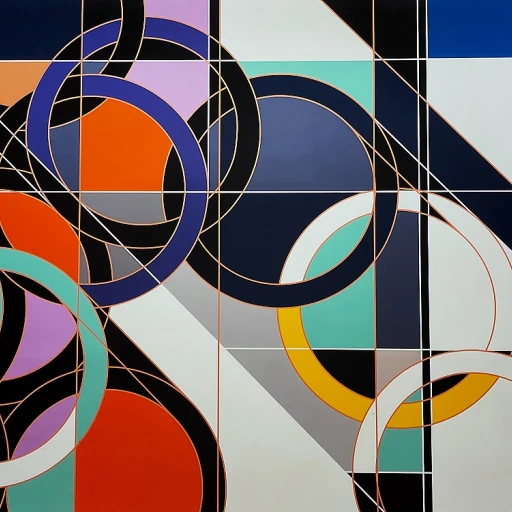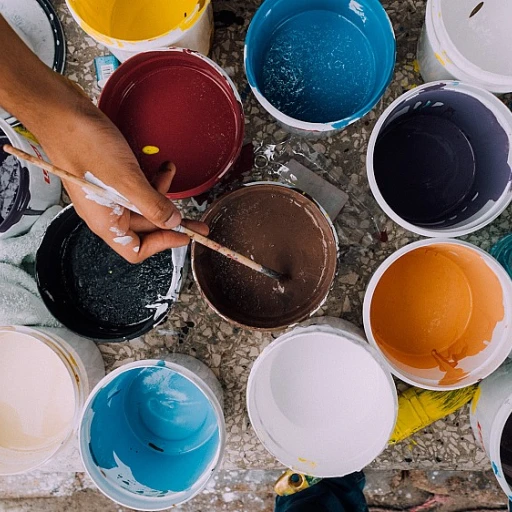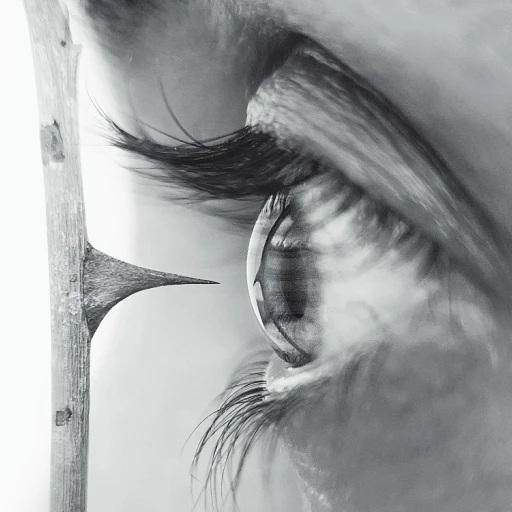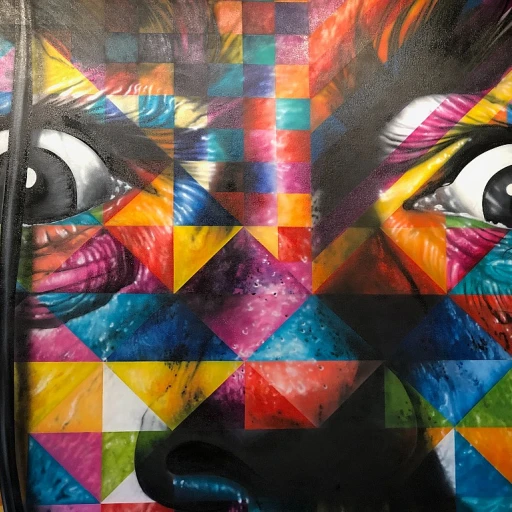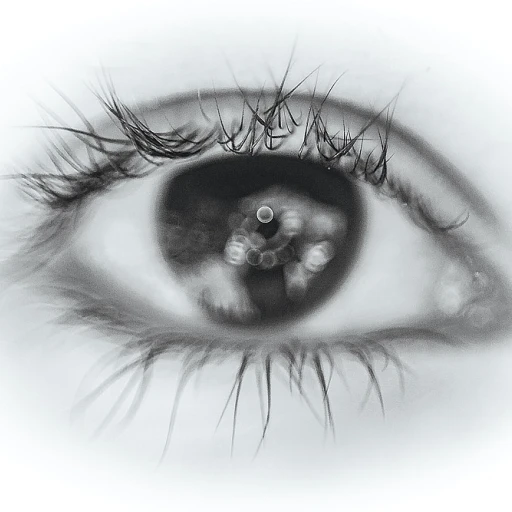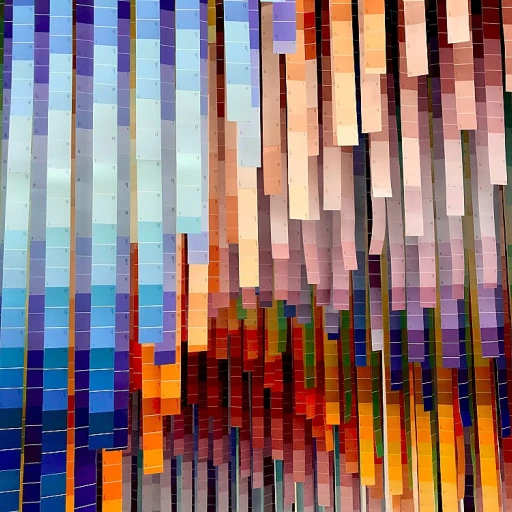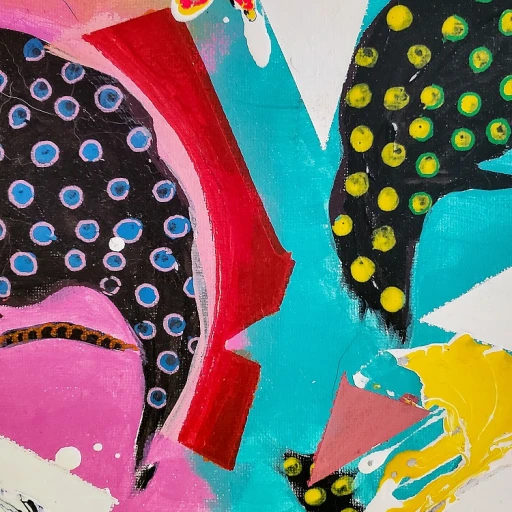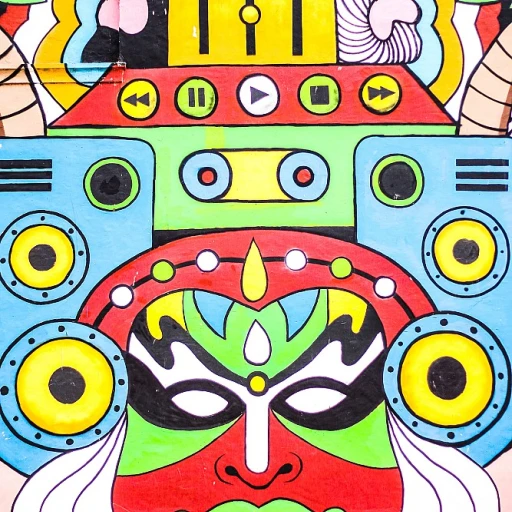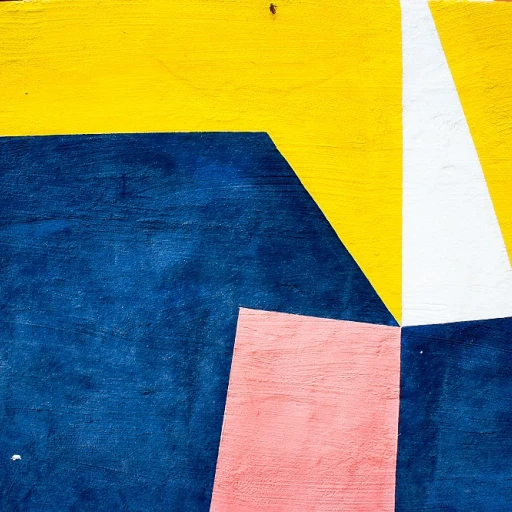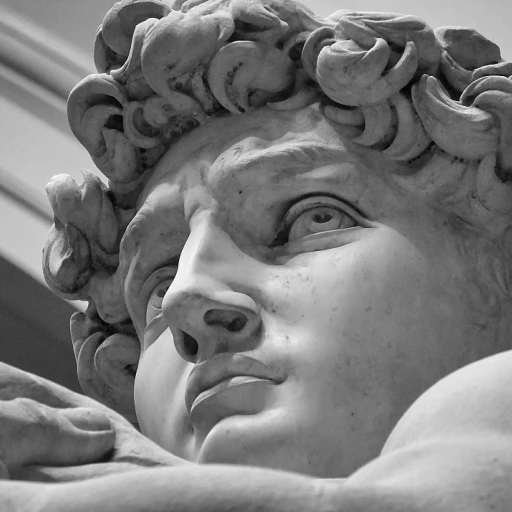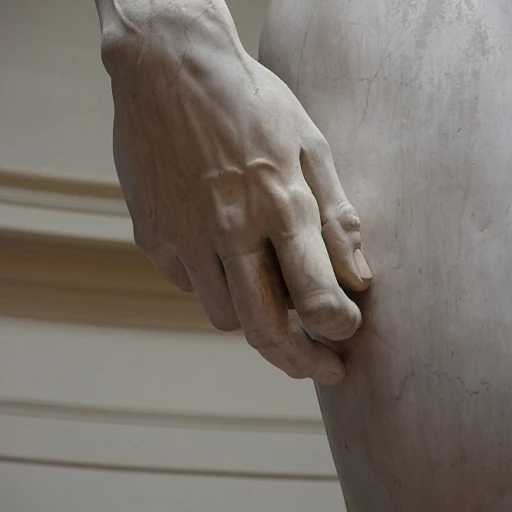-teaser.webp)
Graffiti: From Vandalism to Art Form
The Evolution of Graffiti: From Illicit to Iconic
Once dismissed as mere vandalism or a blot on urban landscapes, graffiti has evolved into a respected art form, carving out a unique niche in the world of contemporary art. This transformation from street-level scribbles to high-value works has captivated the attention of art enthusiasts, collectors, and critics alike. As graffiti has matured, so too has its recognition as a powerful medium of urban expression, challenging societal norms and breaking boundaries between the highbrow and lowbrow art worlds.
Initially, graffiti was seen as a rebellious act, a defiant statement from the disenfranchised youth populating the bustling metropolises. However, as artists honed their skills and styles became more sophisticated, perceptions began to shift. Major cities, once plagued by uninvited tagging, found themselves becoming colorful galleries, inviting both tourists and locals to admire these artistic outbursts. Graffiti, in this new light, began to speak a transformative language of its own, turning urban surfaces into canvases that told stories of communities, struggles, and triumphs.
Furthermore, the commercial art world has taken note of graffiti's allure. Auctions and exhibitions now feature graffiti artists alongside traditional painters and sculptors, marking a shift in how street art is perceived. Many emerging innovative contemporary pieces have found their way into prestigious galleries, with affluent collectors eager to own their slice of this urban phenomenon. This acceptance has played a significant role in shifting graffiti from a mere act of defiance to a celebrated form of artistic expression, recognized for its vibrancy, immediacy, and cultural relevance.
In aligning with other avant-garde art movements, graffiti has left a lasting impact on the cultural milieu, paving the way for a global street art scene that transcends geographic and cultural boundaries. It has become a vital piece in understanding modern human experiences and urban living. As we explore its global influence and the voices of street artists, we uncover a tapestry of narratives that speaks volumes about the human condition in cities worldwide.
Street Art's Global Influence
The Expansion of Street Art beyond Borders
Street art, once a defiant proclamation by artists embedded in urban niches, now resonates globally, transcending cultural and geographical boundaries. This vivid art form has moved beyond the streets of metropolitan juggernauts, infiltrating cities and towns worldwide, where it has found a new audience and a varied medium to express its transformative narratives. In Europe, cities like Berlin, London, and Paris stand as living galleries, promoting an evolving dialogue between artists and residents. In Asia, contemporary street art has emerged as a potent vehicle for societal critique, where artists employ their canvases to address deep-rooted cultural nuances. This global dialogue underscores the profound influence that graffiti has injected into the visual arts landscape, fostering a universal conversation that challenges stereotypical perceptions. Moreover, international festivals dedicated to street art have mushroomed, drawing artists and enthusiasts from diverse corners of the world. Events like Art Basel Miami Beach highlight how street art is embraced by the luxury art world, boosting its status as a legitimate and impactful art form. This adoption into mainstream luxury art collectors' circles has stirred a more expansive appreciation for what was once viewed as mere vandalism. Global collaborations among artists have led to a rich tapestry of interpretations, blending techniques and styles to reflect cultural hybridity. This fusion can be seen through various initiatives, projects, and spaces, weaving graffiti into the broader canvas of contemporary art. As we witness this cultural evolution, the metamorphosis of street art into a globally recognized art form prompts us to consider parallels with other art movements. For instance, the rise of collage invites insights into how shifts in medium and message elevate artistic recognition across cultures. In this interconnected world, street art remains a vibrant, daring, and continually inspiring practice at the heart of urban expression.Graffiti Artists: Voices of the Streets
Voices of the Streets: The Graffiti Visionaries
Graffiti, often perceived as the preferred medium of social commentary, takes on a profound responsibility in channels of urban expression. At its core, graffiti artists become the voices echoing through the alleys and walls of cities worldwide, communicating stories, struggles, hopes, and triumphs from perspectives that might otherwise remain unheard. One can't help but admire the unique artistry and sheer audacity required to leave an indelible mark on societies, whether it comes in the form of vibrant murals, stark monochrome motifs, or cryptic typographic creations. These artists present an authentic narrative that connects deeply with the contemporary audience. For many, graffiti is not just paint on a wall; it reflects a cultural zeitgeist that challenges the norm. Beyond its aesthetic appeal, graffiti often sparks dialogue, raises awareness, and becomes a powerful vehicle for social change. As cities evolve into hubs of innovation and diversity, graffiti artists continue to adapt, blending traditional techniques with digital advancements to enhance and expand their artistic vocabulary. The individual's voice becomes central in this art form, with personal and communal experiences shared boldly and unapologetically through interactive and immersive installations. From Banksy's satirical pieces that question societal norms to Lady Pink's powerful narratives that embrace feminism and empowerment, these artists channel their passion into powerful messages that resonate globally. Graffiti, thus, serves more than just an artistic purpose; it embodies a movement, a rebellion even, against complacency and silence. It becomes a pivotal area of discussion concerning the continuous evolution of art forms and how they intertwine with luxury and commodification. Those interested in delving deeper into how various art movements, such as surrealism, unlock their potential in luxury art domains can explore insightful pieces like this ultimate guide to luxury art investment. In essence, the dynamic world of graffiti allows artists to carve their narratives within the urban fabric, merging creativity, cultural insights, and artistic prowess into thought-provoking masterpieces.The Role of Graffiti in Public and Private Spaces
The Evolution of Public and Private Spaces Through Graffiti
Graffiti has long transitioned from being seen as mere "vandalism" to being embraced as a legitimate and impactful art form. This transformation has greatly contributed to its integration into both public and private spaces, reflecting its increasing acceptance and recognition. In public domains, graffiti has found its place on city murals, transforming drab urban landscapes into vibrant canvases that share cultural narratives. Such transformations have not only beautified environments but have also fostered a sense of community and expression among residents. The adoption of graffiti in private spaces is a testament to its growing allure and status as a sought-after art form. High-end galleries and luxury interiors are now favorably commissioning street artists to infuse originality and urban edge into their displays and spaces. These collaborations signify a blend of street culture with refined artistic avenues, thereby elevating graffiti's perceived value and compelling those in luxury markets to rethink its position in contemporary art. Furthermore, the conversation surrounding graffiti has broadened to include its role as a cultural barometer. As discussed in other sections, the voices of street artists echo societal issues and personal stories, making graffiti an integral player in shaping public discourse and opinions. Whether memorializing events or challenging social norms, graffiti serves as a powerful medium that bridges cultural divides and sparks dialogue across differing viewpoints. The ongoing interchange between public acceptance and artistic evolution marks graffiti's enduring influence. Its presence in our surroundings, whether on streets or within private collections, underscores a cultural phenomenon that continues to redefine the boundaries of art and expression. As such, graffiti remains a dynamic and ever-changing facet of the modern cultural landscape, hinting at a future that holds even more diverse expressions and integrations.Graffiti in the United States: A Cultural Phenomenon
The American Canvas: A Tapestry of Color and Conflict
In the United States, graffiti has transcended its origins as a rebellious outcry to become a vibrant tapestry woven into the cultural fabric of the nation. This transformation mirrors the journey discussed earlier, where graffiti evolved from mere vandalism into a recognized art form. American cities, from New York to Los Angeles, serve as sprawling canvases that capture the dynamic essence of urban life.
Graffiti's rise in the U.S. can be traced back to the late 20th century, when it began to flourish in the bustling streets of New York City. The city's subway trains and alleyways became the birthplaces of a movement that would eventually gain global recognition. This phenomenon was not just about aesthetics; it was a powerful form of expression for marginalized voices, echoing the sentiments of those who felt unheard.
Urban Galleries: Where Graffiti Meets Community
Today, graffiti in the United States is celebrated in both public and private spaces, as discussed in previous sections. Urban areas have embraced this art form, turning their streets into open-air galleries that invite both locals and tourists to engage with the creative narratives displayed. This cultural embrace has sparked a dialogue between communities and artists, fostering a deeper understanding of the social issues depicted in the artwork.
Moreover, the cultural phenomenon of graffiti in the U.S. has not only influenced local communities but has also attracted international attention. American graffiti artists have become ambassadors of this art form, sharing their unique perspectives and techniques with the world. This exchange has enriched the global graffiti scene, as discussed in the section on street art's global influence.
Graffiti's Role in Shaping American Identity
The impact of graffiti on American culture is undeniable. It challenges societal norms, questions authority, and provides a platform for dialogue and reflection. By doing so, it plays a crucial role in shaping the American identity, reflecting the diverse and multifaceted nature of the nation itself. As we look to the future, the evolution of graffiti, including its digital manifestations, promises to continue this cultural conversation, pushing boundaries and inspiring new generations of artists.
The Future of Graffiti: Digital and Beyond
The New Frontier of Graffiti: Technological Innovations
As the narrative of graffiti evolves from mere scribbles on a wall to a respected art form, its future is being shaped by technological advancements and digitization. Embracing new technology, modern graffiti artists are pushing boundaries even further, crafting a new era of urban expression that merges tradition with innovation.
In recent years, digital platforms have provided a stage for street artists to broadcast their works beyond physical barriers, reaching global audiences. Social media platforms like Instagram and TikTok have become virtual galleries, allowing graffiti to transcend geographic limits and present diverse narratives to a broader spectrum of viewers. The digital age has essentially democratized graffiti, inviting an endless stream of interaction and appreciation from art lovers worldwide.
Virtual reality (VR) and augmented reality (AR) are intriguing prospects in the evolution of graffiti. Imagine stepping into an immersive world where viewers can experience graffiti as a three-dimensional explosion of color and form, where they can interact with, manipulate, and even contribute to the artwork. This potential integration of VR and AR with urban art forms not only enhances the viewer's experience but also preserves ephemeral works, immortalizing them in the digital realm.
Moreover, the rise of NFTs (non-fungible tokens) is a game-changer, offering street artists an added layer of value and authenticity to their creations. By leveraging blockchain technology, graffiti artists can now protect and sell digital versions of their artworks, broadening their revenue streams and allowing collectors to invest in unique digital graffiti pieces. This shift essentially bridges the gap between graffiti and luxury art markets, solidifying the genre's standing in the contemporary art scene.
The digital transformation of graffiti does not only align with technological trends. It reflects a broader cultural shift towards a more inclusive, interactive, and boundary-pushing art world. As graffiti continues to embrace digital and virtual spaces, this rebellious art form challenges our perceptions of art, inviting audiences of all backgrounds to engage in a dialogue about culture, identity, and artistic expression.

